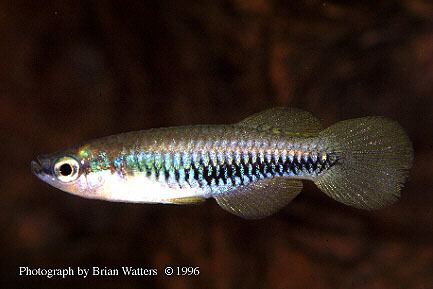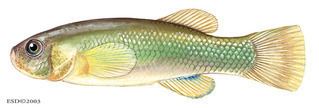Scientific name Cyprinodontiformes | Superorder Acanthopterygii Phylum Chordata Rank Order | |
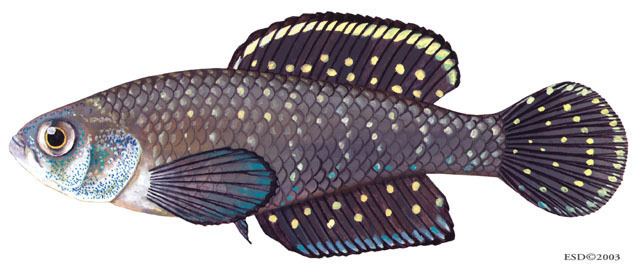 | ||
Lower classifications Poeciliidae, Poecilia, Xiphophorus, Pupfish, Rivulids | ||
Cyprinodontiformes /ˌsaɪprᵻnoʊˌdɒntᵻˈfɔːrmiːz/ is an order of ray-finned fish, comprising mostly small, freshwater fish. Many popular aquarium fish, such as killifish and live-bearers, are included. They are closely related to the Atheriniformes and are occasionally included with them. A colloquial term for the order as a whole is toothcarps, though they are not actually close relatives of the true carps – the latter belong to the superorder Ostariophysi, while the toothcarps are Acanthopterygii.
Contents
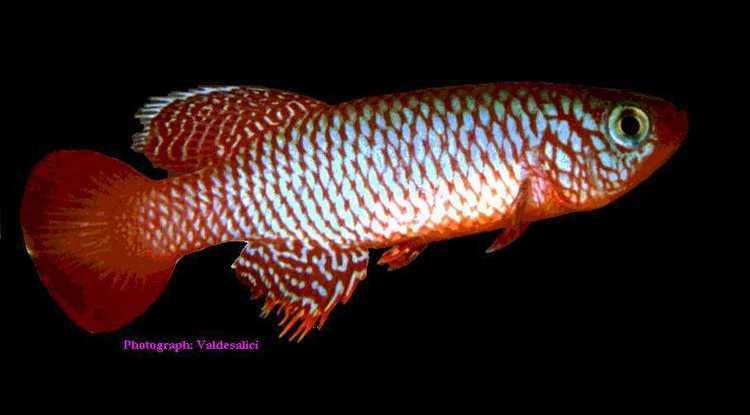
The families of Cyprinodontiformes can be divided into three groups: viviparous and ovoviviparous (all species give live birth), and oviparous (all species egg-laying). The live-bearing groups differ in whether the young are carried to term within (ovoviviparous) or without (viviparous) an enclosing eggshell. Phylogenetically however, one of the two suborders – the Aplocheiloidei – contains oviparous species exclusively, as do two of the four superfamilies of the other suborder (the Cyprinodontoidea and Valencioidea of the Cyprinodontoidei). Vivipary and ovovivipary have evolved independently from oviparous ancestors, the latter possibly twice.
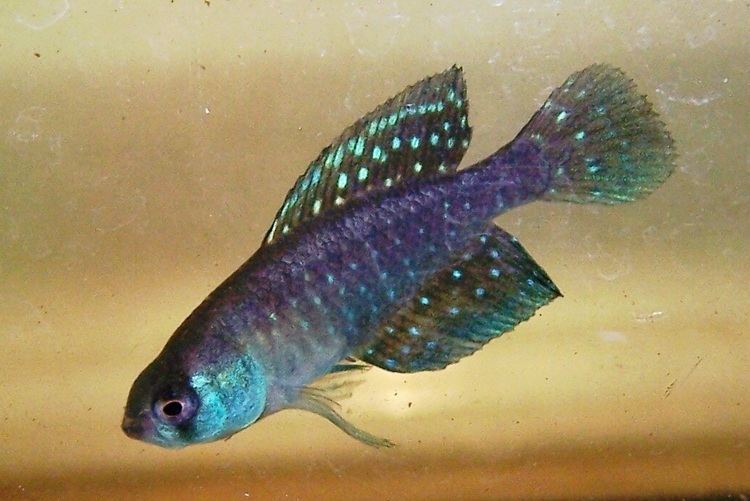
Medical vocabulary what does cyprinodontiformes mean
Description
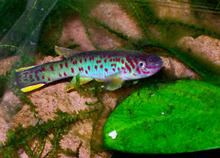
Members of this order are notable for inhabiting harsh environments, such as saline or very warm waters, water of poor quality, or isolated situations where no other types of fish occur. They are typically omnivores, and often live near the surface, where the oxygen-rich water compensates for environmental disadvantages.
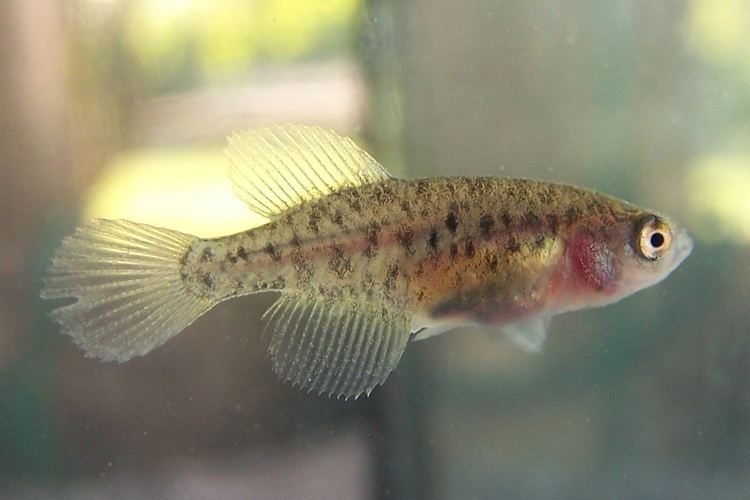
They are small to medium-sized fish, with small mouths, large eyes, a single dorsal fin, and a rounded caudal fin. The largest species is the cuatro ojos (Anableps dowi), which measures 34 cm (13 in) in length, while the smallest, the least killifish (Heterandria formosa), is just 8 mm (0.31 in) long as an adult.
Systematics
CYPRINODONTIFORMES
